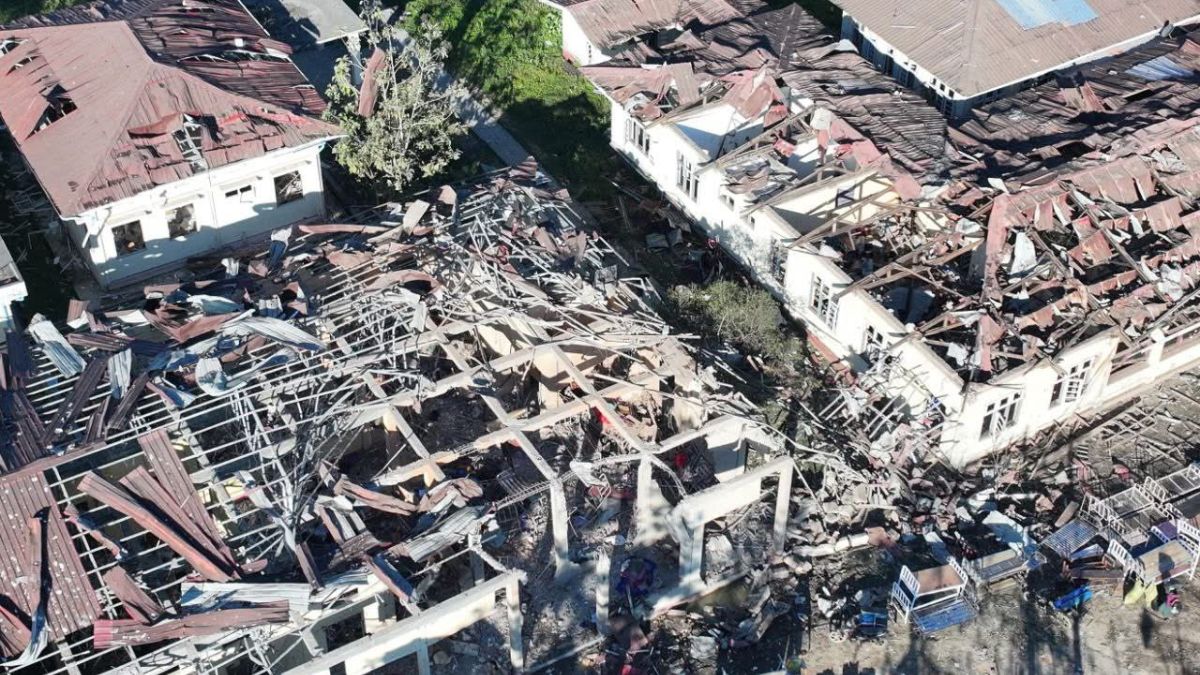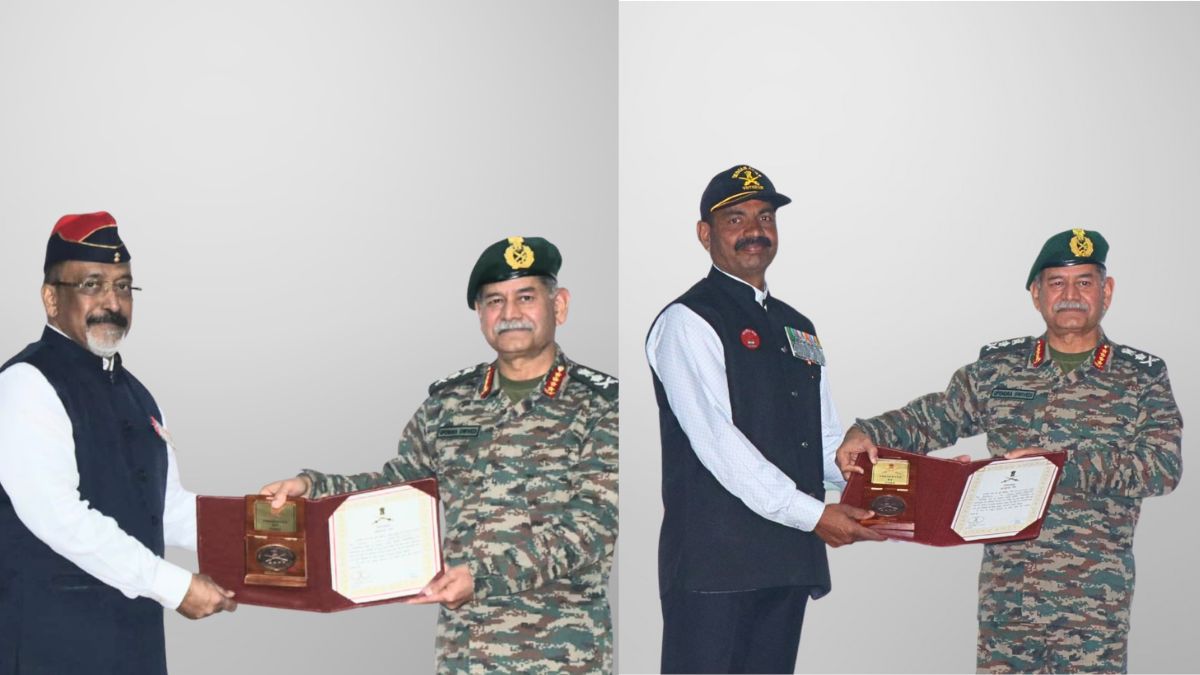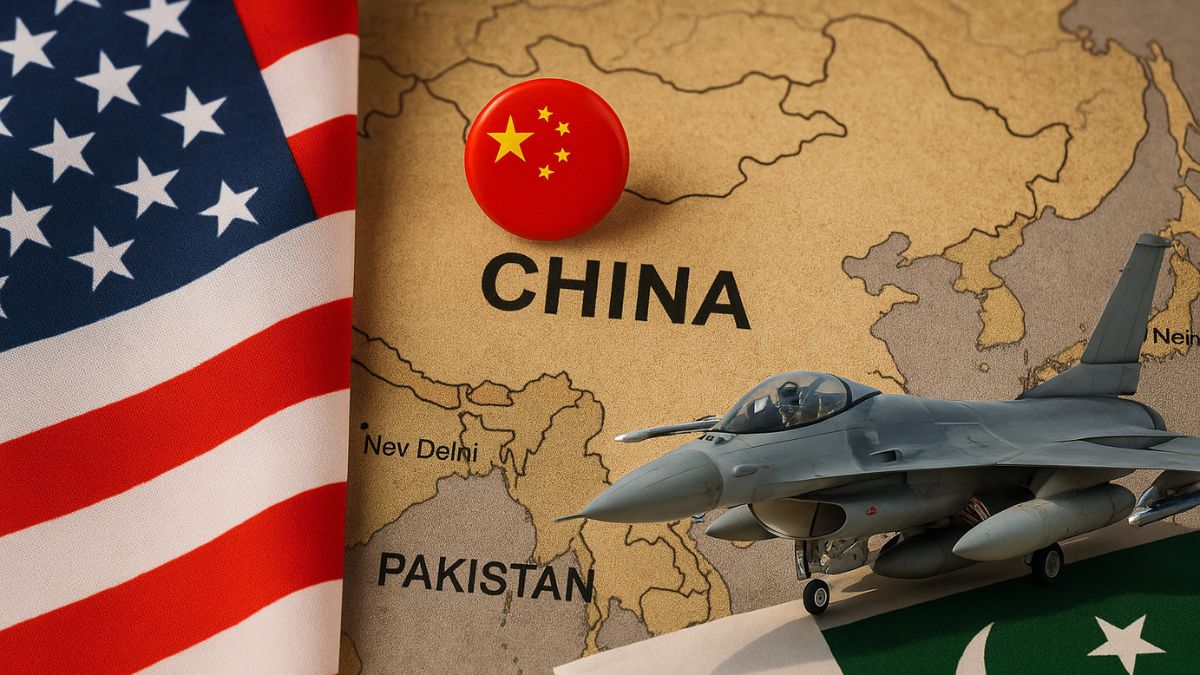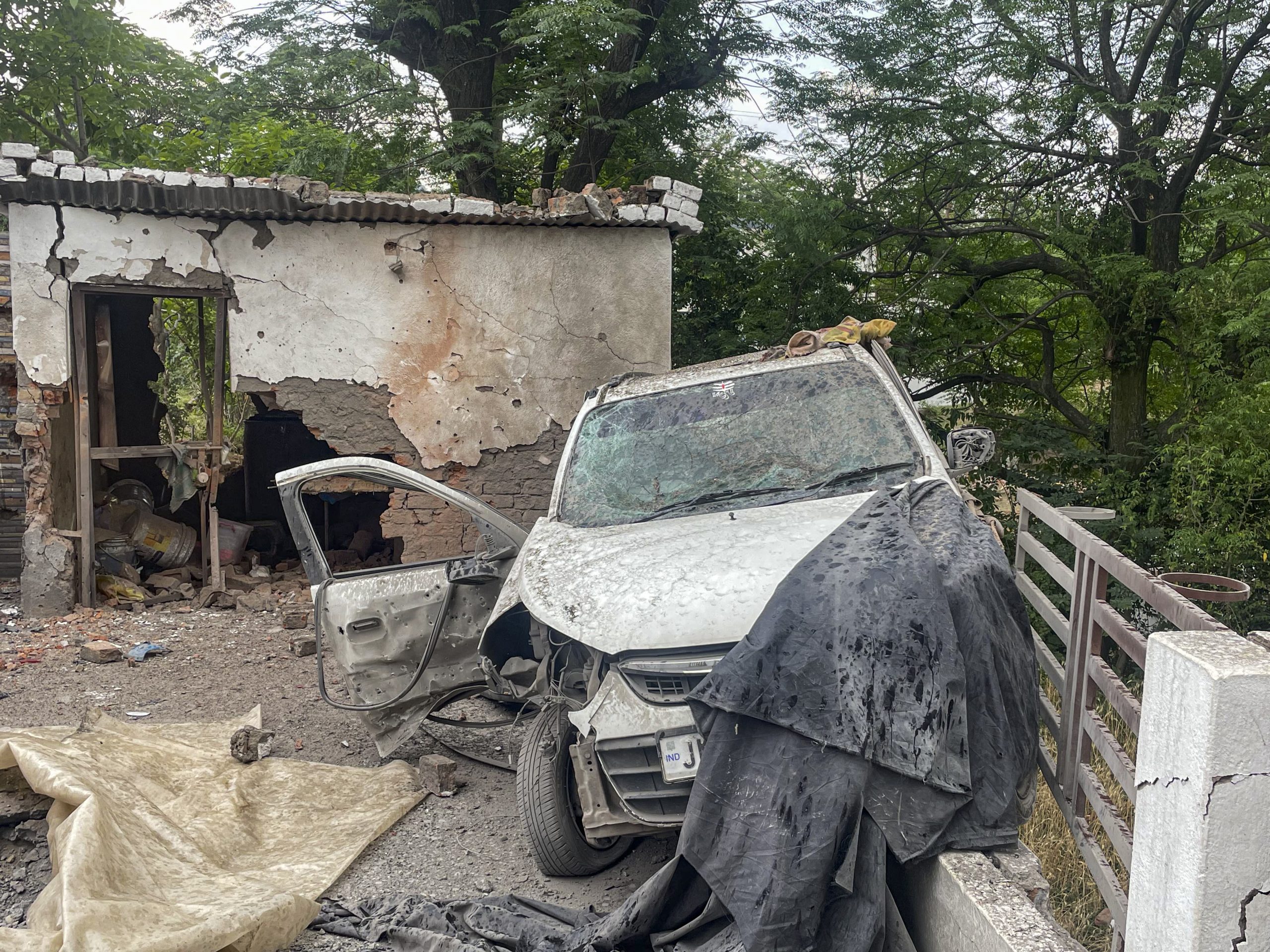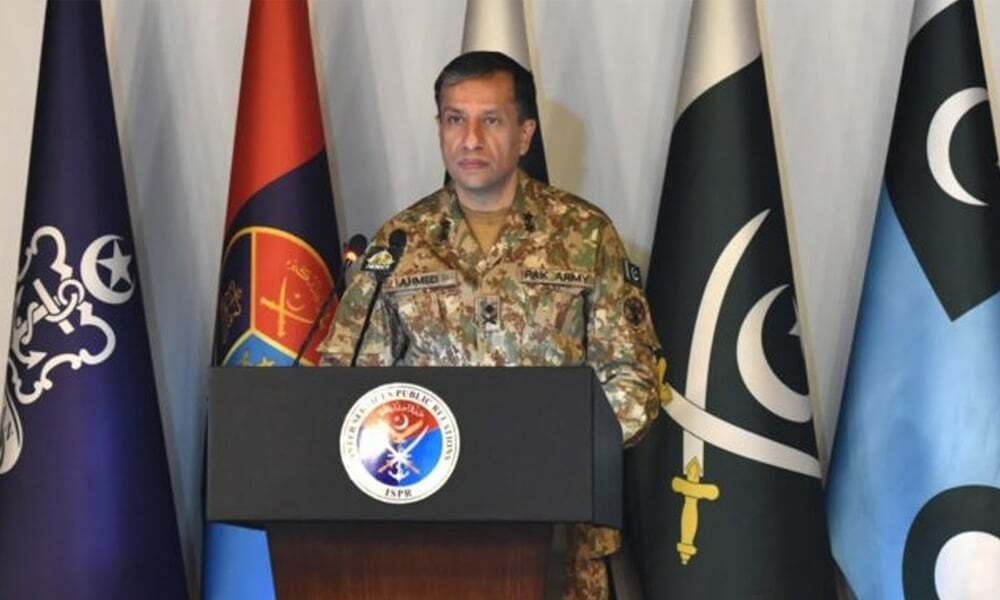Indian Army Must Dominate Air Littoral — The New Frontier Of Modern Warfare
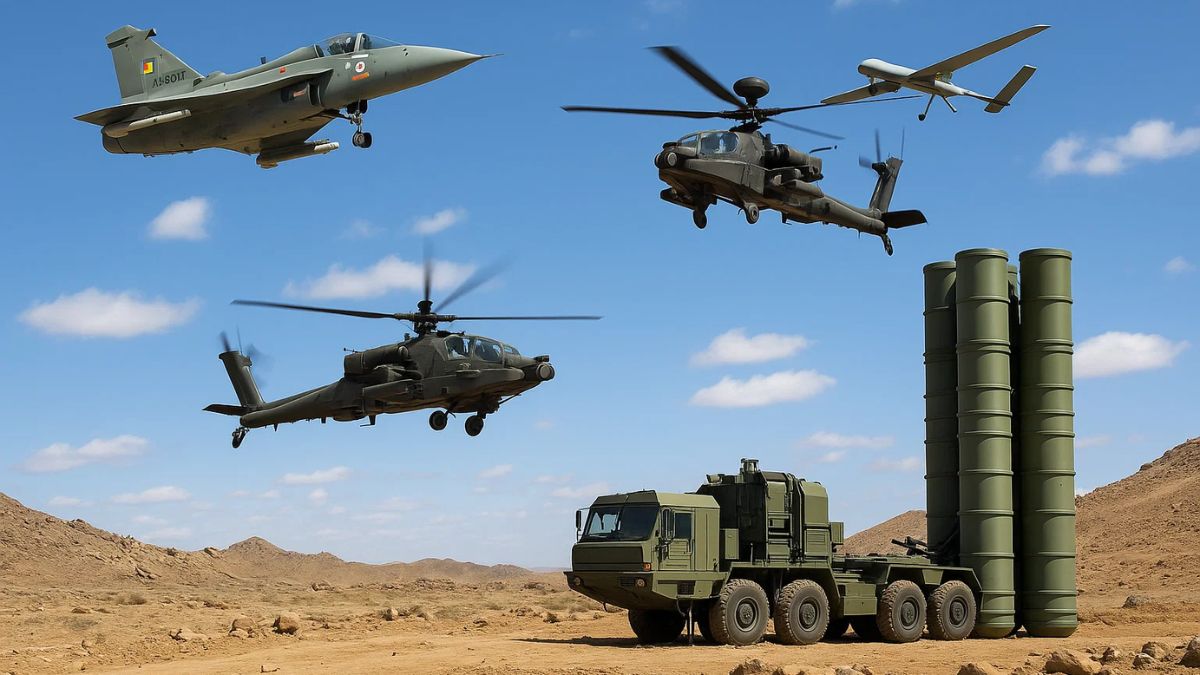
Operation Sindoor presented extensive evidence of the need for Indian Army to dominate the air littoral for battlefield advantages. Image courtesy: AI-generated picture via Sora
The fight for air dominance is no longer limited to jets and missiles at high altitudes. Increasingly, it is unfolding in the space immediately above the battlefield — a volatile zone extending from ground level to about 3,000 metres. Known in military doctrine as the air littoral, this narrow band has emerged as the most contested arena of modern warfare. For India’s army, mastery of this layer could determine whether its forces can move, fight, and survive on future battlefields.
From the Line of Actual Control in Ladakh to the deserts of Rajasthan, India’s soldiers now face swarms of drones, loitering munitions and precision-guided weapons hovering just beyond rifle range. The experience of the Ukraine war and India’s own Operation Sindoor has driven home a critical lesson: whoever controls the low skies controls the ground below.
Why does the “air littoral” matter for Indian Army?
The air littoral is where drones, attack helicopters and electronic warfare systems operate in direct coordination with troops. Once a passive zone for surveillance, it has become a battlespace in its own right. The Army’s commanders now argue that it can no longer depend on the Air Force for short-range aerial responses that unfold in seconds.
While India’s Chief of Defence Staff has sought to integrate radar networks through initiatives like Akashteer and the Air Force’s Integrated Air Command and Control System (IACCS), operational gaps remain. The existing command model still places tactical air assets under Air Force control — a structure designed for an era before drones and autonomous systems. This leaves army formations reliant on clearance chains unsuited to the speed of modern engagements.
Decentralised control, officers argue, is vital when small quadcopters can appear within seconds or loitering munitions can circle armoured convoys. To react effectively, ground commanders must have direct authority over the drone and counter-drone systems operating above them.
What lessons has India drawn from global conflicts?
The war in Ukraine has become a case study in the significance of this low-altitude domain. Both sides have seen devastating losses when drone reconnaissance or jamming failed for even a few minutes. A small, inexpensive quadcopter can spot a tank column, direct artillery fire, or drop munitions with deadly precision.
India’s own experience under Operation Sindoor — where indigenous surveillance and loitering systems were deployed at high altitude — confirmed that command and coordination matter as much as technology. Without seamless integration between land and air units, drones risk becoming liabilities rather than force multipliers.
For India, the lesson is clear: technological self-reliance must be paired with institutional agility. The army needs its own doctrine for the air littoral — one that recognises it as a joint but distinct domain of combat.
What stands in the way of transformation?
Procurement bottlenecks remain a major obstacle. Despite government efforts to promote Atmanirbhar Bharat in defence production, approvals for new counter-drone systems, electronic warfare sensors and directed-energy weapons often stall between committees. Private innovators with AI-based detection systems struggle to gain access to testing and funding, while state-run defence companies retain production priority.
These delays leave the Army with fragmented systems that cannot integrate into a unified command picture. In an environment where milliseconds count, bureaucratic lag can be fatal.
Military planners warn that operational sovereignty in the air littoral will only be achieved when field units can test, adapt and deploy systems without navigating months of red tape. That shift will require procurement reforms, faster induction cycles and a greater role for the private sector in design and production.
How can India secure its low skies?
Control of the air littoral will depend on three things: autonomy, agility and innovation. The Army’s ground formations need delegated authority to operate drone and counter-drone assets independently while remaining coordinated with the Air Force’s strategic operations. Procurement reforms must speed up adoption of homegrown technologies, and partnerships with the private sector should prioritise modular systems that can evolve in the field.
As modern wars move closer to the ground — and the skies above become crowded with machines — the ability to dominate this invisible layer will define military effectiveness. For India’s army, owning the few thousand metres of air above its soldiers may prove as vital as the ground they defend. It is not just an operational necessity. It is the new frontier of sovereignty.

